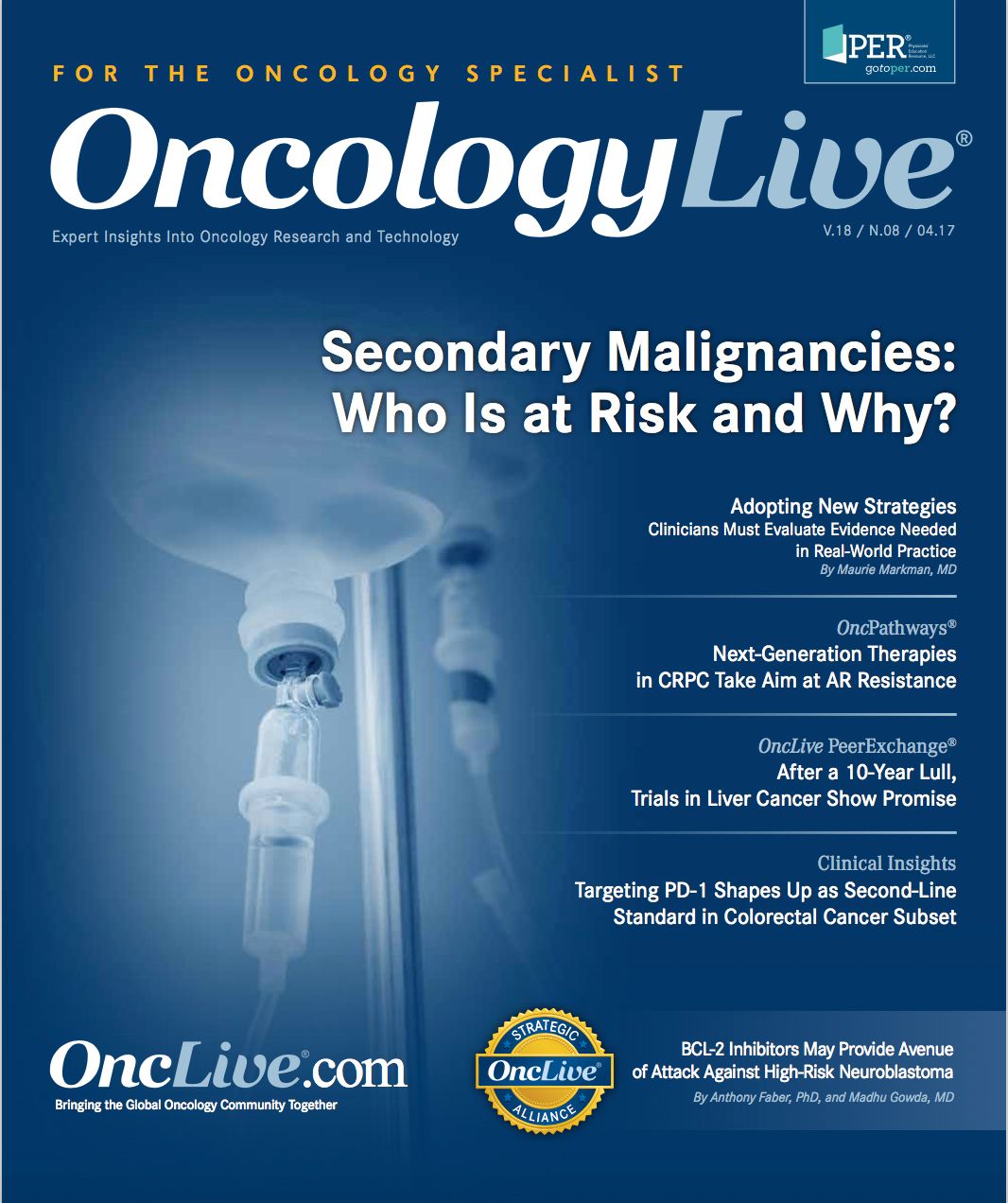Staying Vigilant
Survivorship care for patients who have had cancer is a relatively new phenomenon in the oncology field. After all, the transformation of many cancers from fatal to chronic conditions has occurred in less than a decade. Not surprisingly, then, the science of survivorship care is still evolving, too.
OncLive Chairman,
Mike Hennessy
Survivorship care for patients who have had cancer is a relatively new phenomenon in the oncology field. After all, the transformation of many cancers from fatal to chronic conditions has occurred in less than a decade. Not surprisingly, then, the science of survivorship care is still evolving, too.
In this issue of OncologyLive®,we tackle one facet of survivorship: the risk of secondary malignancies, broadly de ned as a new primary cancer not related to the first malignancy. The article, “Secondary Malignancies: Who Is at Risk and Why?,” describes some of the complexities within that category.
Notably, the role that primary treatment for the initial cancer might play in a secondary malignancy is not entirely clear. For childhood cancer survivors, the risk of developing a second malignancy has been associated with chemotherapy and radiation therapy, and specialists who treat these patients have been working hard to mitigate those risks. Their discoveries have helped advance understanding of the risks that adult cancer survivors might face. Additionally, genetic and lifestyle factors are believed to contribute substantially to risk factors, particularly for adults.
Although thoughtful oncology specialists have long considered how these risks might affect their patients, the need for attention to this matter is important and will require coordination with primary care specialists.
For example, head and neck cancer survivorship guidelines that the American Society of Clinical Oncology recently released suggest a risk stratification approach to surveillance based on whether the patient received radiation or is a smoker. The recommendations envision communication between primary care providers and patients as the linchpin of that surveillance.
In some ways, consideration of secondary malignancies marks the broad progress that has been made against cancer. Patients are at risk of developing another cancer because they are living longer after the initial treatment of their disease. Now it's up to our healthcare system to figure out how best to assess and address their needs going forward.
As clinicians on the front lines of cancer care, you see the need for better coordination in the healthcare system daily. We would love to hear your thoughts on this matter. If you want to be a part of this conversation, please contact our managing editor, Anita T. Schaffer, at ashaffer@onclive.com. And, as always, thank you for reading.




